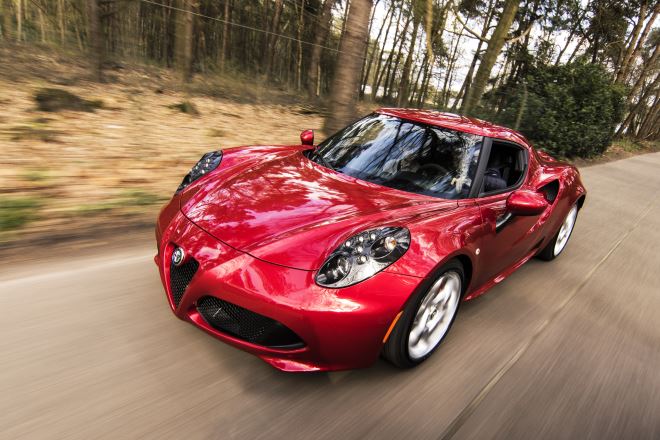Pushing Boundaries: The Brilliance and Intricacies of Rotary Engines
Picture this: a compact, high-powered engine humming under the hood of your car, pushing the limits of conventional engine technology. This isn't a figment of your imagination—it's the fascinating world of rotary engines, a marvel of mechanical engineering that has intrigued gearheads and automotive professionals alike.

A Journey through Time: The History of Rotary Engines
The story of rotary engines dates back to the 19th century. Invented by German engineer Felix Wankel, the first rotary engine prototype was developed in 1957. Unlike conventional piston engines, rotary engines operate on a unique principle of rotary motion, resulting in smooth and efficient power output.
Over the years, rotary engines have seen various iterations, each building on the technology’s inherent strengths and addressing its challenges. They gained popularity in the automotive industry due to their high power-to-weight ratio, compact size, and smooth operation.
Rotary Engines: A Closer Look at the Technology
At the heart of a rotary engine is a triangular rotor that replaces the pistons found in traditional engines. This rotor spins within a chamber, creating a series of expansions and compressions that suck in air and fuel, ignite the mix, and expel exhaust gases.
Because of the engine’s rotary motion, the power delivery is incredibly smooth. The engine’s compact size also allows for a lower center of gravity, enhancing overall vehicle handling. These unique attributes have made rotary engines particularly popular in sports cars, where power, performance, and handling are paramount.
The Modern Landscape: Rotary Engines in Today’s Automotive Industry
Despite their initial popularity, rotary engines have become something of a rarity in today’s automotive world. Their high fuel consumption and emission levels have posed significant challenges in an industry increasingly focused on efficiency and environmental sustainability.
However, the rotary engine isn’t going extinct just yet. Some manufacturers continue to explore ways to leverage the technology’s benefits while mitigating its drawbacks. For example, Mazda, a long-time proponent of rotary engines, has been developing a range-extender variant for use in electric vehicles.
Impact and Challenges: The Double-Edged Sword of Rotary Engines
While rotary engines offer unique advantages, they also present distinct challenges. Their high fuel consumption and emission levels can be a significant drawback in an era of tightening environmental regulations. Additionally, the engine’s unique design makes it more susceptible to wear, leading to potentially higher maintenance costs.
Yet, despite these challenges, the rotary engine’s potential remains undeniable. Its compact size, smooth operation, and high power output make it an exciting prospect for automotive enthusiasts and engineers. With continued research and innovation, the future of rotary engines might just be brighter than we think.
The Future of Rotary Engines
The world of rotary engines is a fascinating one, filled with potential and challenges in equal measure. While they may not be a common sight on today’s roads, their unique advantages ensure they continue to hold a special place in the hearts of many auto enthusiasts. As the industry evolves, it will be interesting to see how the story of rotary engines unfolds and what role they might play in the automotive landscape of the future.
In the world of automobiles, the journey is often just as exciting as the destination—and in the case of rotary engines, that journey is far from over.




